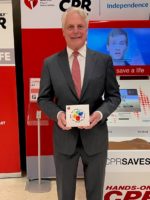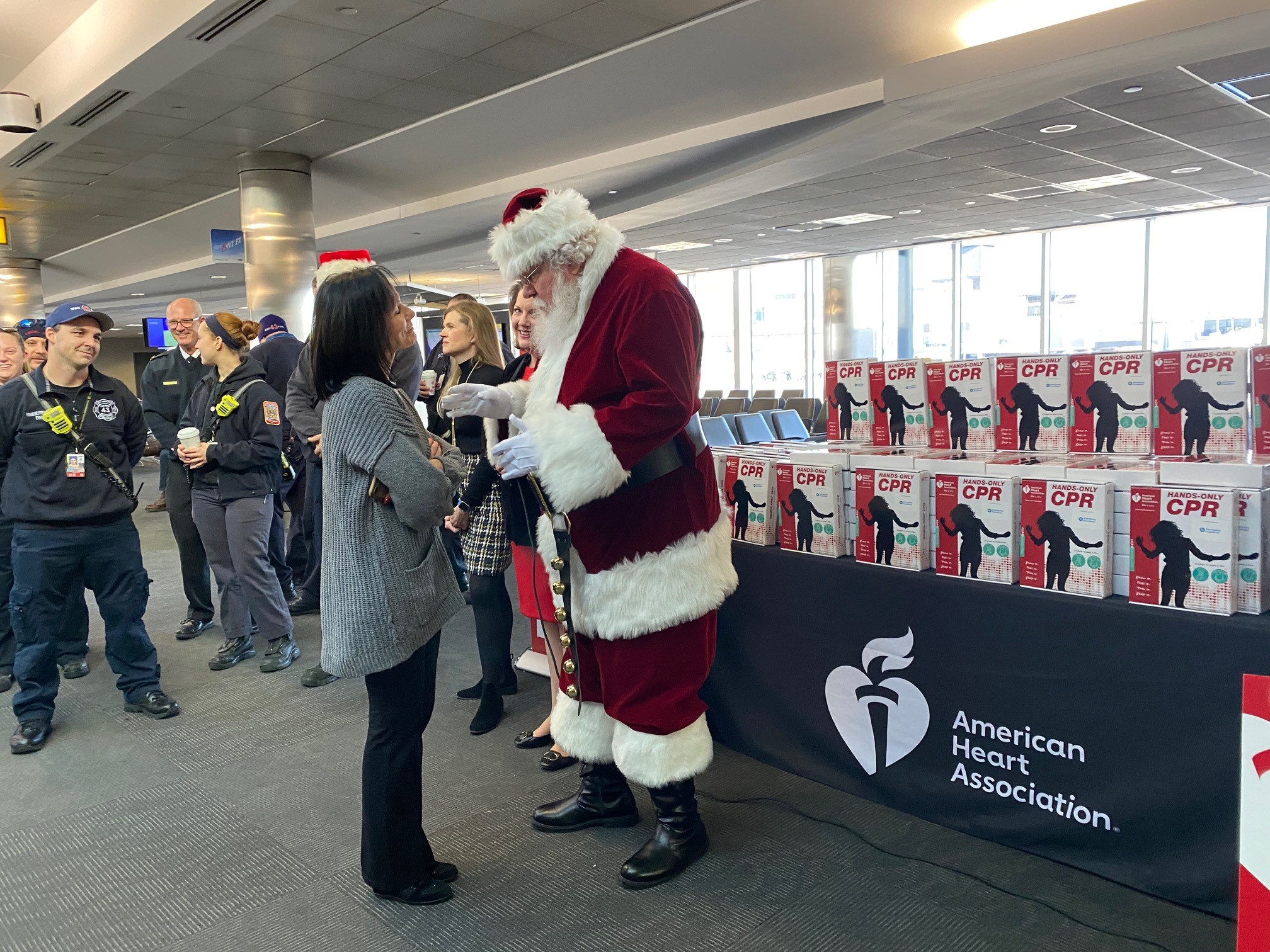On February 8, 2023, local leaders come together to celebrate the accomplishments of Dr. Richard Snyder at Penn Medicine’s Perelman Center for Advanced Medicine’s CPR Kiosk. Dr. Snyder received the Leadership Legacy Award from the American Heart Association’s Eastern States Region, an award given to only a select few. Dr. Snyder has volunteered with the Association for many years, including being the Philadelphia region’s board chair. He has always been passionate about CPR, raising awareness and teaching those in the Philadelphia region Hands-Only CPR.

Why It Matters: Each year more than 350,000 people suffer out of hospital cardiac arrest, only 10% of those people survive. Dr. Snyder has played an integral role in helping to improve those odds by helping to create the CPR Ready Coalition in Philadelphia. This coalition was created in 2016 with a goal of increasing the number of people who are trained and willing to perform hands-only CPR. This coalition is comprised of: American Heart Association, American Red Cross, The Children’s Hospital of Philadelphia, CPR/AED Public Awareness and Training Network, The Health Care Improvement Foundation, Independence Blue Cross, Independence Blue Cross Foundation, Penn Medicine, Philadelphia Fire Department, and the School District of Philadelphia.
Dr. Snyder was also instrumental in bringing the first CPR Kiosk to the Philadelphia Region, at Penn Medicine’s Perelman Center for Advanced Medicine, where people can learn CPR at their own pace, and beready to help someone in crisis.
“Hands-Only CPR is a powerful tool that takes only 60 seconds to learn and can double or even triple a victim’s chances of survival. said Richard Snyder, M.D., senior vice president and chief medical officer at Independence Blue Cross.
Kevin Mahoney, CEO University of Pennsylvania Health System, was on hand to help present the award to Dr. Snyder, along with the Fire Commissioner of Philadephia, AdamThiel, Gregory Deavons, CEO of Independence Blue Cross and Jennifer Litchman-Green, Executive Director of the American Heart Association of Philadelphia, all of whom shared the same sentiment, that Dr. Snyder always puts the patients and the community at large first.





















